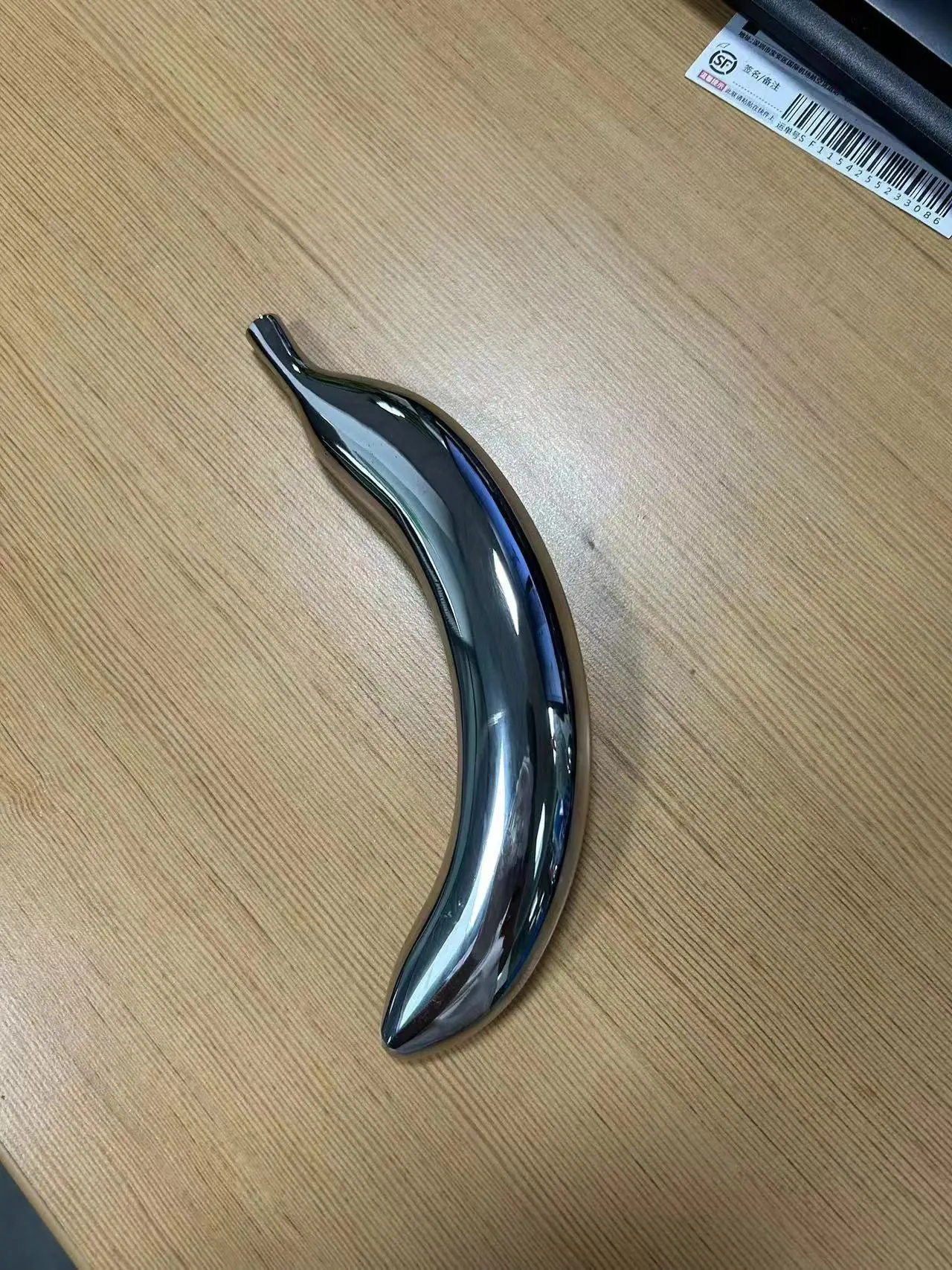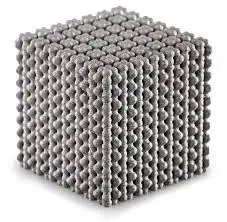Basic Guide to 3D Silk Cutting: Mastering the Art of Seamless Connection
Every 3D printing enthusiast will know the frustration: a semi-used filament spool that is too short for your next project, or half-terrifying cracks in the print when it catches fragile filament. Instead of allowing available materials to collect dust or overwhelm the landfill, filament splicing provides a clever solution. This technology allows you to seamlessly join the filament segment, convert residues into valuable resources, and expand the creativity of 3D printers.
Why filament cutting is important
- Cost-efficiency: Material waste can be minimized by utilizing the remaining spool ends and reducing the need for specialized purge blocks.
- Creative possibilities: Mix color or material properties (such as rigid + flexibility) in a single print without interrupting the process.
- Sustainability: Reduce plastic waste generated in additive manufacturing and be consistent with ecological awareness practice.
- Practical urgency: Quickly repair the buckles in the filamentous silk to save long-running work without restarting.
Methods for splicing filaments: DIY and special tools
1. Hot-based DIY splicing
The easiest way to use the tools on hand for most manufacturers:
- Required: Welded iron, metal conduits (e.g., heat shrink tubes or pen housings with matching diameters), fine sandpaper.
- process:
- The sandwich ends briefly to increase surface adhesion.
- Insert one end into the metal tube and heat its sides until the wire is soft.
- Insert the opposite filaments and carefully align them as they melt.
- Cool completely before removing the tube.
- advantage: Ultra-low cost
- shortcoming: Patience is required; joint uneven risk extruder jam.
2. Chemical solvent bonding (material dependence)
Best for soluble materials such as ABS (acetone) or PVB (isopropanol):
- process: Immerse the filaments and end with solvent, press them gently together, and hold them firmly for 5-10 minutes.
- warn: First verify solvent compatibility – Pla/petg usually does not respond.
3. Commercial filament splicers
Special tools such as color palettes, Filabot welding machines or Bambu Lab AMS Hub automatic splicing accuracy:
- process: Insert the filament to the device; internal heating and pressure create uniform bonds within seconds.
- advantage: Consistent joint integrity, reduce operator errors, support for multiple materials.
- shortcoming: Investment cost.
Key practices for success
- Material consistency: Only splicing Exactly the same Material. For example, mixing PLA with PET can lead to brittleness.
- Temperature calibration: Superheat degradation polymer. Follow the guidelines for specific materials:
- PLA: ~180–210°C
- PETG: ~220–250°C
- ABS: ~220–260°C
- Diameter control: After splicing, measure the joint thickness. Gentle sand bumps exceed the nominal wire diameter (±0.05mm tolerance) to prevent extruder obstacles.
- Strength test: Pull the splicing segment firmly. Correctly fused joint fracture beside Splicing, not on it.
- Prevent moisture: Store the spliced filaments and dry – absorb the blisters and explode when heated.
When to use what
- Very effective: PLA, ABS, PETG (single material), therefore.
- Use with caution: TPU/TPE (temporarily heated to avoid deformation), glowing in the dark (abrasives can accelerate extruder wear).
- avoid: Different materials, carbon fiber composites (can wear), filled materials (such as metal plains) (inconsistent bonds).
Where high-end industrial demand enters
For industrial users who need flawless structural metal parts, the DIY method won’t cut it. Complex alloys require precise process control and advanced technologies such as SLM (selective laser melting), EBM (elective beam melting), or adhesive spraying. Here, accuracy is not optional, it is a mission-critical task. This is the expert partners entering…
Plastics Beyond Plastics: Greglight’s Industrial Grade Solutions
While silk threading maximizes the efficiency of desktop FDM printers, professional-grade rapid prototyping requires next-level expertise and equipment. Greglight is a leader in rapid prototyping manufacturers in China – specific in solving complex metal manufacturing challenges in solving cutting-edge SLM 3D printing technologies. From aerospace alloys to medical grade titanium, we handle comprehensive workflows:
- Advanced SLM printer for dense, high-strength parts
- Tolerance accuracy is reduced to ±0.05mm
- One-stop post-treatment: processing, polishing, coating, heat treatment
- Customized material development and ultra-optimized delivery
For the failed industry, Automotive, Robotics, Defensive – Greatlight offers parts that are hardly tested with DIY methods that cannot match. Leverage our professional rapid prototyping capabilities to customize end-use parts and high-fidelity prototypes for competitive prices without compromising quality.
in conclusion
Filigree cutting is an important skill for any 3D printing amateur or aimed at reducing waste and enhancing creativity. By mastering simple techniques or investing in specialized splicers, you can extend the life of the filament and experiment with advanced multi-matter designs. Remember that material compatibility, temperature accuracy and joint alignment are not proof. At the same time, for projects that require industrial rigor (especially in metals), such as Greatlight, transforms engineering vision into high tolerance reality.
FAQ
1. Will the spliced filaments be clogged?
The correctly executed joint remains close to the original diameter and rarely causes jam. Grind small bumps to avoid overheating to prevent fragility.
2. How strong is the filament splicing?
Perfect thermal fusion achieves 85–95% tensile strength of the original filament. Test weaker materials such as TPUs before critical printing.
3. Is the splicing safe?
Yes, but minimize heat exposure. Use temperature and quick cooling above the transition point of the glass.
4. Can I cut filaments of different colors?
Yes! This will create a beautiful gradient effect in your print. Note: Mixing different materials (PLA+PETG) will not chemically bond.
5. What is the ideal length for splicing?
Aim at 5 cm per tail for stable treatment. Commercial splitters like Filabot join in 10 seconds – ideal for on-site printing.
6. When should I choose professional services instead of DIY editing?
For mission-critical projects: functional metal parts, complex geometry that requires in-process monitoring, certified materials or delivery with guaranteed tolerances.
Make your additive manufacturing journey competent by being smarter or working with experts who extend precision to industrial heights.





